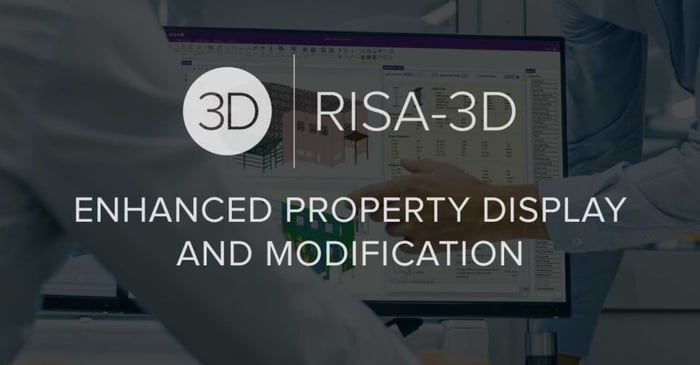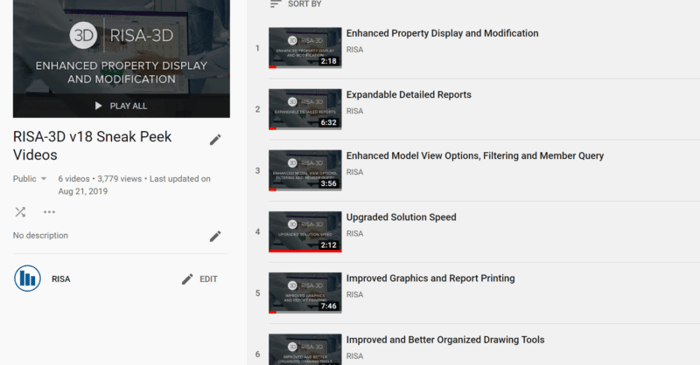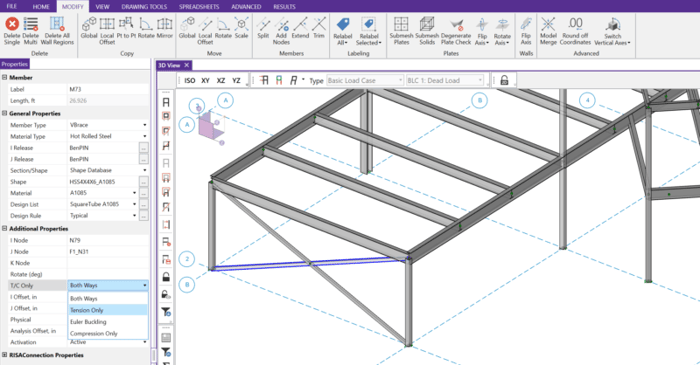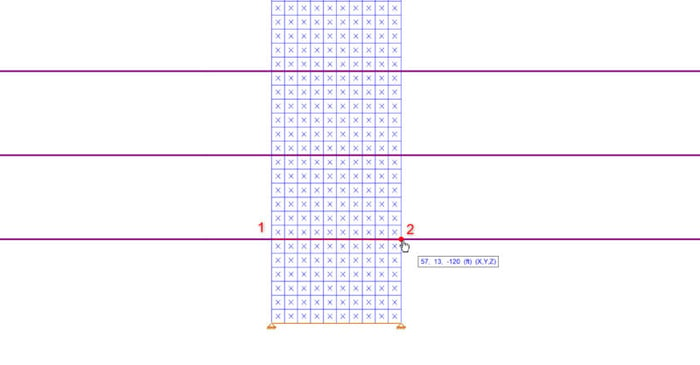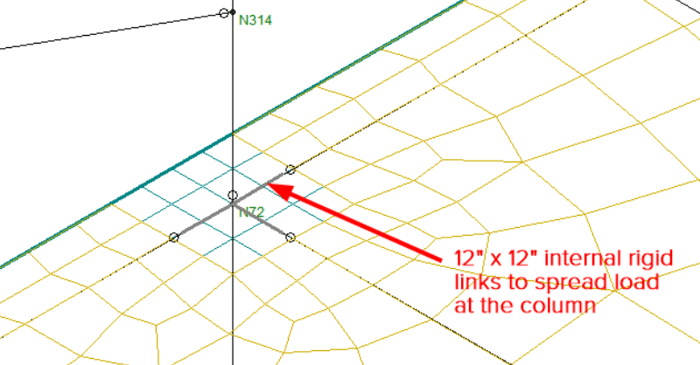
October 10, 2019
RISA-3D Training - Minneapolis, MN - August 18-19, 2020
The RISA-3D training classes are a great way to receive instruction from the RISA experts while working on real-world examples that allow you to quickly master RISA software, take advantage of the latest features, streamline engineering and tackle modeling complexities. This two-day regional...





